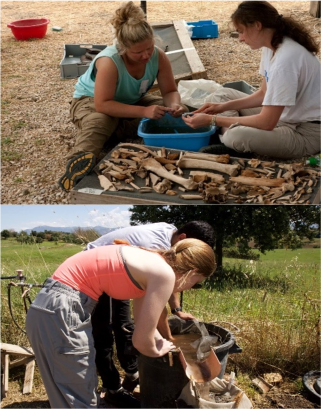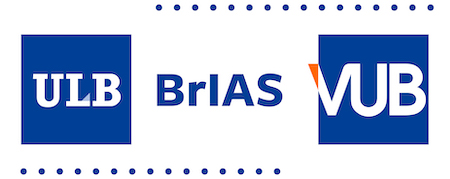Glacio-hydrological modelling: global importance and impact
The rapidly warming climate will enhance melt on the Greenland ice sheet surface, and in turn increase water flow in the subglacial system. Changes in the subglacial hydrology will subsequently have multiple impacts. For example, it can increase ice flow, bringing more ice to the lower elevation which would cause faster melting and sea-level rise. The increased water flow will also lead to higher erosion rates and sediment transport that can affect the biogeochemical conditions underneath and by the portals of the glacier with consequences for fjord and ocean ecosystems. However, we have very limited information about the subglacial environment as it is difficult to access. These processes are global phenomena and occur at various spatial scales at the glacierized area across the globe, such as, in Himalaya and Antarctica.
In this seminar, I will talk about the importance of our detail understanding of subglacial hydrology, how it impacts global sea-level rise, erosion, sediment transport and biogeochemistry, and most importantly how we model it. I use Glacier Drainage System (GlaDS) model to simulate evolution of drainage system underneath the Greenland ice sheet and thereby use an advection-dispersion equation to investigate tracer distribution underneath the ice sheet which influences the biogeochemical reactions. The presentation will focus on the subglacial hydrology modelling, and how we use subglacial hydrology models to better understand various other processes that have higher importance in climate change perspective.

Conceptual model of the subglacial hydrology structure for land-terminating (left) and tidewater (right) glaciers, and their interaction with ice dynamics, erosion, sediment transport, biogeochemistry. Images are adapted from Nienow et al. (2017) and Lydersen et al. (2014).
Food systems in early cities: a sustainability issue?
Control and exchange of resources played a key role in the trajectories of political, social, and economic development in ancient societies. In particular, food production and redistribution practices had a crucial function in the transition to state-level, urbanized political systems. Indeed, the emergence of the first cities has been inevitably linked in previous scholarship to increased intensification of agricultural production and specialized economies, necessary to sustain demographic growth.
Ongoing excavations at Rome, Gabii, and Tarquinia -- three settlements in Western Central Italy that grew along a similar trajectory, expanding from dispersed hut clusters to a nucleated urban center during the Iron Age and the Archaic period (8th -5th centuries BCE). -- provide new substantial archaeobotanical and zooarchaeological datasets. The analysis of the plant and animal remains has revealed remarkable consistency and persistence in crop production and animal husbandry strategies, and a low level of specialization. A multi-proxy approach, that integrates these data with carbon, nitrogen, and strontium stable isotope analysis on the ancient crops and livestock remains, allows the investigation of environmental fluctuations, changes in farming practices, and mobilization of staple resources, offering new insights on the carrying capacity limits, and risk management strategies of these early cities.

